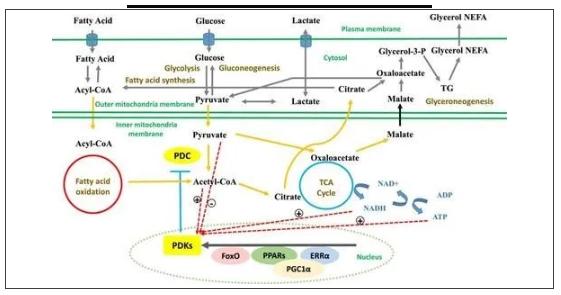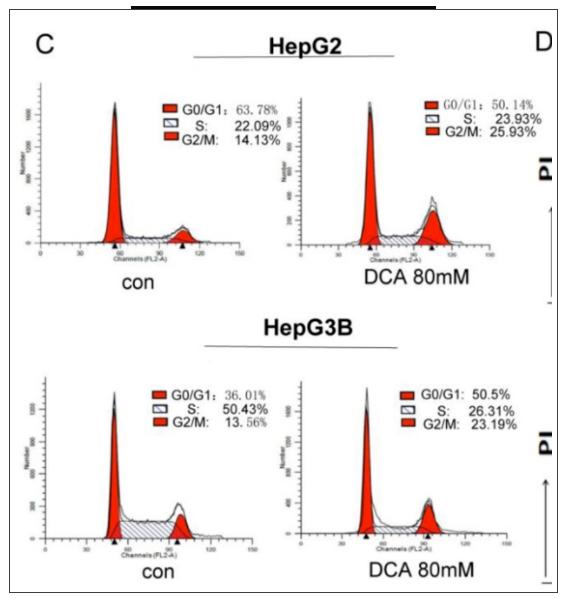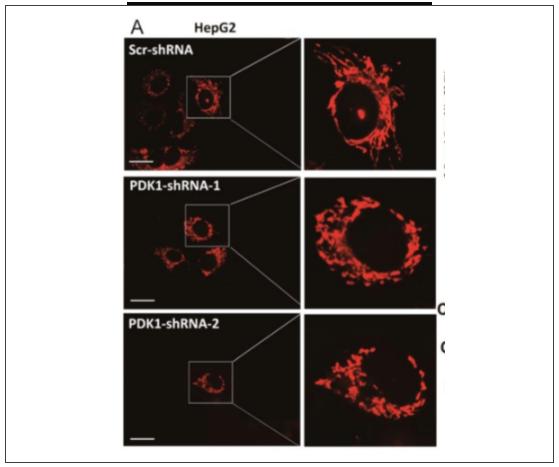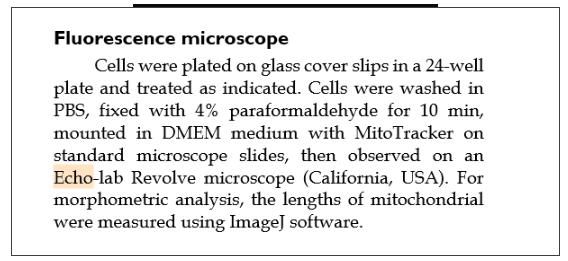

Stilla Technologies Digital PCR System
naica®Crystal Digital PCR System
NaicaTMCrystal Digital PCR System
Azure Biosystems Real-Time PCR Systems

In early 2020, the Department of Pathophysiology, Jilin University School of Basic Medicine and the Department of Radiation Oncology, China-Japan United Hospital of Jilin University jointly published an article in the Journal of Cancer 2020; 11.

Article research direction
Pyruvate dehydrogenase kinase 1 (PDK1) is a key factor linking glycolysis and the tricarboxylic acid cycle. Restoring mitochondrial oxidative phosphorylation function by targeting PDK1 to inhibit glycolysis has become a hot spot in tumor treatment. However, the specific mechanism by which metabolic changes affect mitochondrial function remains unclear. In this paper, PDK1 was taken as the research object to explore the specific mechanism of mitochondrial oxidative phosphorylation affected by metabolic changes.

Research method
In order to study the effect of PDK1 inhibition on liver cancer, we first tested the activity of HepG2 and HepG3B cells treated with PDK1 inhibitor DCA (dichloroacetic acid) for 24 hours and 48 hours. The results showed that DCA reduced the viability of HepG2 and HepG3B cells in a dose-dependent manner. In order to further test the cell proliferation ability, we tested the cell cycle of HepG2 and HepG3B cells after DCA treatment. As shown in Figure 1C, the cell cycle of HepG2 and HepG3B cells in the DCA treatment group was arrested in the G2/M phase after 24 hours. Apoptosis was detected by annexin/PI staining after 24 hours of DCA treatment. The apoptosis of the 80mm DCA HepG2 and HepG3B cell groups was detected. The mortality rate was higher than the respective control group. The results showed that DCA can inhibit the proliferation of HepG2 and HepG3B cells and induce cell cycle arrest and apoptosis.


HepG2 cells were transfected with shPDK1 expression vector or empty vector for 48h to show the effect of shPDK1 on mitochondrial quality control. The results are shown in Figure A. The mitochondrial network was observed with staining and ECHO Revolve fluorescence microscope (400×). Quantify the proportion of cells with mitochondrial microtubuleization, intermediateization and fragmentation (n=100 cells per sample).

In order to confirm the potential anti-cancer effect of DCA by inhibiting PDK1 in vivo, the authors tested its therapeutic effect in human subcutaneous HepG2 xenograft plants. The tumor-bearing nude mice were randomly divided into a control group and a DCA (100mg/kg) intraperitoneal injection group. After 24 days, we measured the volume and weight of HepG2 xenograft tumors. Compared with the control group, the tumors treated with DCA were significantly smaller and lighter in weight (Figure 6A–C). There was no significant difference in total toxicity or body weight between the two groups (Figure 6D).
Conclusion of this article
The results showed that under the action of different concentrations of dichloroacetic acid (DCA) and short hairpin PDK1, the glucose metabolism of HepG2 and HepG3B cells changed from anaerobic glycolysis to mitochondrial tricarboxylic acid cycle.
After DCA treatment or PDK1 gene knockout, the mitochondrial morphology gradually condensed, and short and broken filaments appeared. In addition, the mitochondrial autophagy protein parkin and PTEN induce down-regulation of kinase expression, and the biosynthetic protein peroxisome proliferator-activated receptor γ-coactivator 1α (PGC1α) and its regulatory complex I, III, IV and V protein expression Down. This indicates that the inhibitory effect of PDK1 affects the level of mitochondrial quality control. Mitochondrial function analysis showed that the content of mitochondrial active oxygen increased significantly and the membrane potential decreased. Therefore, the glucose metabolism reprogramming inhibited by PDK1 can lead to mitochondrial quality control disorders and aggravate mitochondrial stress damage.

Revolve has demonstrated its extraordinary flexibility. It can easily convert between upright and inverted microscopes. It innovatively combines upright and inverted microscopes into one, opening the hybrid era of microscopes.
☑ Retina display technology---compared to the human eye observation effect of eyepiece.
☑ Full-field observation---clearer and more convenient.
☑ Multi-channel fluorescence---Up to 4 EPI fluorescence channels, multi-color fluorescence microscopy analysis can be easily and quickly completed without the need for a dark room.
☑ Automated operation---switching between the camera and the fluorescence channel through the touch control of iPad Pro realizes fully automated operation.
☑ App application software---The Echo App based on IOS is a professional microscope software developed in cooperation with the Apple team.
☑ Exquisite craftsmanship shows high-end quality---achieve extraordinary performance.

